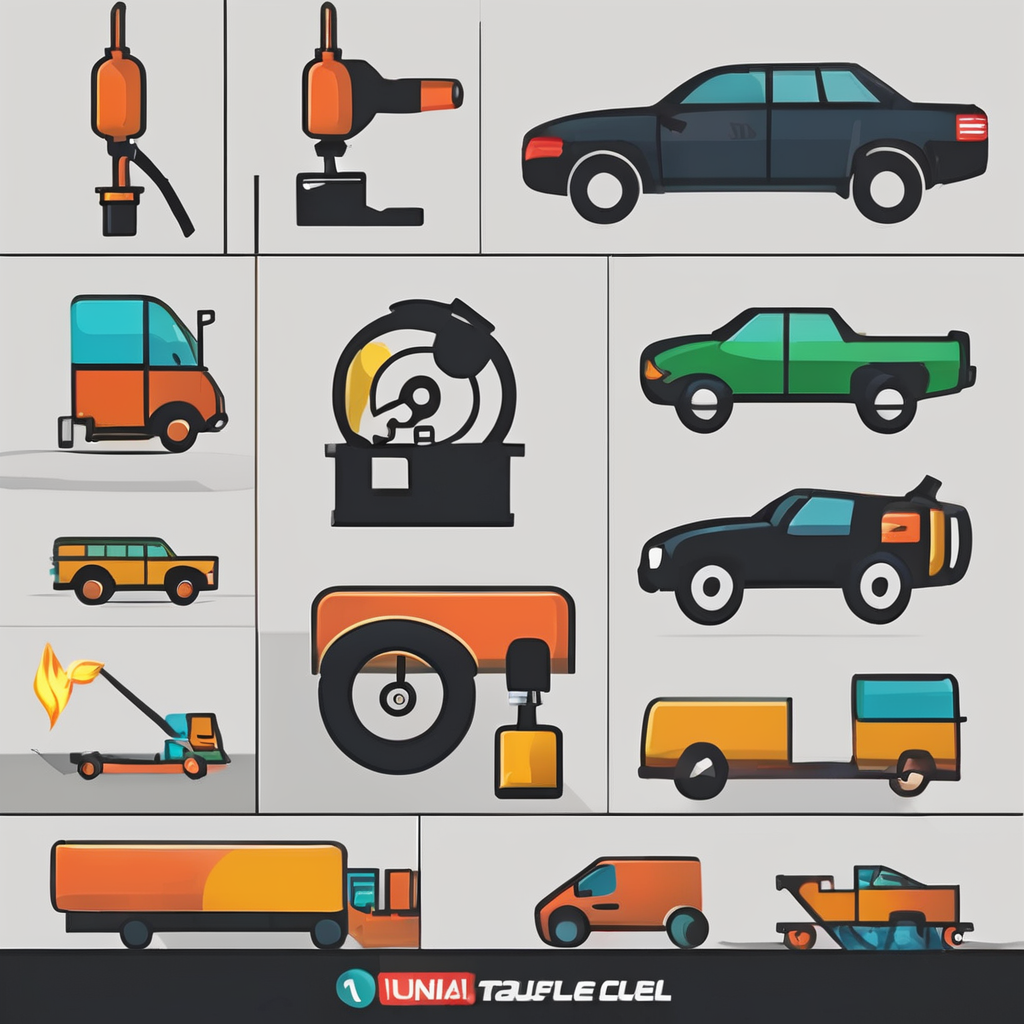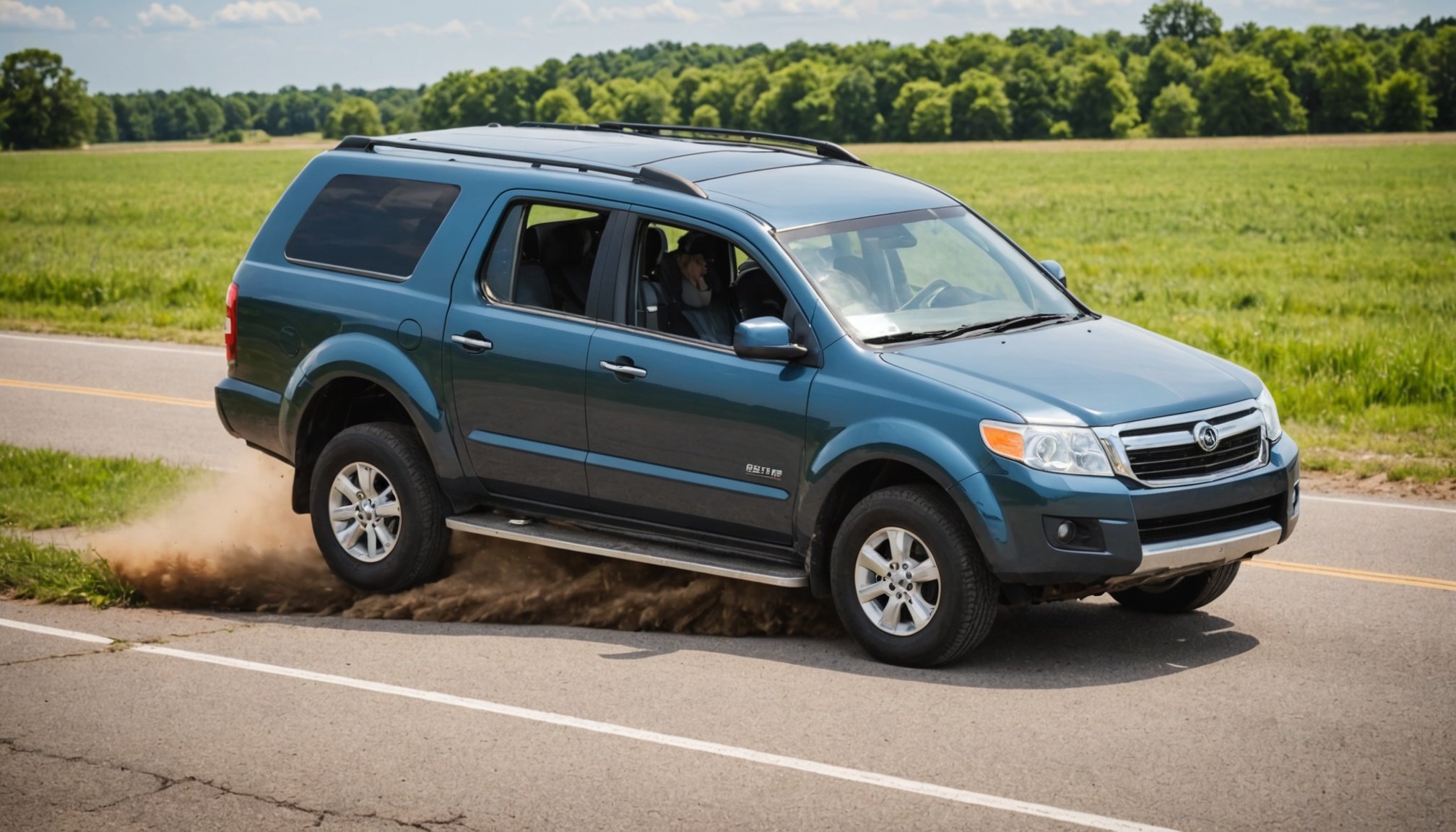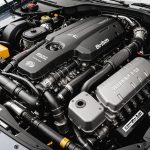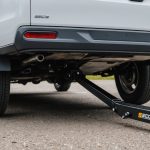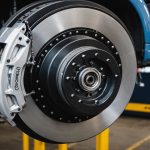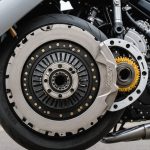The Ultimate Guide to Protecting Your Vehicle’s Rollover Safety Features
When it comes to vehicle safety, one of the most critical aspects to consider is rollover protection. Rollover accidents can be devastating, and understanding how to mitigate this risk is crucial for every driver. In this comprehensive guide, we will delve into the history of rollover safety features, the latest technologies, and practical tips to ensure your vehicle and its occupants are as safe as possible.
Understanding Rollover Risks
Before we dive into the safety features, it’s essential to understand why rollovers occur and which vehicles are most at risk.
Also read : Key actions for detecting air suspension system leaks in high-end vehicles
Center of Gravity and Vehicle Design
Vehicles with a high center of gravity, such as SUVs, trucks, and vans, are more prone to rollovers. This is because their higher ground clearance and heavier weight distribution make them more susceptible to tipping over, especially during sharp turns or sudden maneuvers[4].
Sudden Maneuvers and High Speed
Sharp turns and high speeds significantly increase the risk of a rollover. When a vehicle is traveling at high speed and the driver makes a sudden turn, the vehicle’s stability can be compromised, leading to a potential rollover[4].
Additional reading : Mastering oxygen sensor maintenance: unlocking the ideal air-fuel ratio for optimal engine performance
Driver Behavior
Driver distractions, such as using a phone or talking to passengers, can also lead to rollover accidents. Maintaining focus on the road and adhering to safe driving practices are vital in preventing such incidents[4].
Historical Development of Rollover Safety Features
The evolution of car safety has been marked by significant advancements in rollover protection.
Early Innovations
In the 1990s, the automotive industry began to introduce electronic stability control (ESC) systems. Mercedes-Benz, in collaboration with Bosch, developed one of the first ESC systems, which debuted in the S-Class in 1995. This technology has since become a standard feature in many vehicles, helping to prevent skidding and loss of control[1].
Advanced Stability Control Systems
Volvo, known for its commitment to safety, introduced its Roll-Over Protection System (ROPS) in 2002. This system was designed to address the growing popularity of SUVs and their inherent rollover risks. ROPS uses sophisticated electronic roll stability control to help stabilize the vehicle during potential rollover situations[1].
Crash Testing and Safety Ratings
The European New Car Assessment Programme (Euro NCAP) and the National Highway Traffic Safety Administration (NHTSA) have played crucial roles in evaluating vehicle safety through rigorous crash tests. These programs provide consumers with valuable information on a vehicle’s safety performance, including its rollover resistance[1][5].
Modern Rollover Safety Features
Today, vehicles come equipped with a range of advanced safety features designed to mitigate the risk of rollovers.
Electronic Stability Control (ESC)
ESC is a cornerstone of modern vehicle safety. It monitors the vehicle’s dynamics and intervenes by applying brakes individually and adjusting engine power to prevent skidding and loss of control. This system is particularly effective in preventing rollovers during adverse weather conditions or sudden maneuvers[2][4].
Anti-lock Braking Systems (ABS)
ABS prevents wheel lockup during hard braking, maintaining vehicle stability and reducing stopping distances. This feature is essential in preventing skidding and rollovers, especially on slippery or uneven surfaces[2].
Lane Departure Warning and Blind Spot Systems
Features like Lane Departure Warning and Blind Spot Information Systems (BLIS) help drivers stay aware of their surroundings. These systems alert the driver if the vehicle drifts out of its lane or if there is a vehicle in the blind spot, reducing the likelihood of sudden maneuvers that could lead to a rollover[1].
Autonomous Emergency Braking
Autonomous emergency braking systems, such as those introduced by Volvo in 2008, use cameras and radar to detect potential collisions and automatically apply the brakes. This technology can significantly reduce the risk of accidents, including rollovers, by preventing or mitigating the impact of a collision[1].
Practical Tips for Enhancing Rollover Safety
Here are some practical tips to help you make the most of your vehicle’s safety features and reduce the risk of rollovers:
Regular Maintenance
Ensure your vehicle is properly maintained. Check tire pressure regularly, as underinflated tires can increase the risk of a rollover. Also, make sure all safety systems are functioning correctly[4].
Safe Driving Practices
Always follow safe driving practices:
- Avoid speeding.
- Make smooth, gradual turns.
- Avoid distractions while driving.
- Keep a safe distance from other vehicles.
Use of Safety Features
Make sure you understand and use the safety features of your vehicle:
- Familiarize yourself with the ESC, ABS, and other stability control systems.
- Use features like Lane Departure Warning and BLIS to stay aware of your surroundings.
Loading Your Vehicle
Ensure your vehicle is loaded correctly:
- Avoid overloading, as this can affect the vehicle’s center of gravity.
- Distribute weight evenly to maintain stability.
Identifying Areas for Improvement
When purchasing a new vehicle or assessing the safety of your current one, here are some key areas to focus on:
Check Safety Ratings
Look at the safety ratings provided by organizations like Euro NCAP and NHTSA. These ratings give you a clear picture of how well a vehicle performs in crash tests, including rollover resistance[1][5].
Vehicle Design
Consider the design of the vehicle:
- A lower center of gravity reduces the risk of rollovers.
- Look for vehicles with reinforced structures and advanced stability control systems.
Advanced Safety Features
Ensure the vehicle is equipped with the latest safety features:
- ESC and ABS are must-haves.
- Features like autonomous emergency braking and lane departure warnings can significantly enhance safety.
Table: Comparing Safety Features in Popular Vehicles
Here is a comparative table highlighting some of the key safety features in popular vehicles:
| Vehicle Model | Electronic Stability Control (ESC) | Anti-lock Braking Systems (ABS) | Lane Departure Warning | Autonomous Emergency Braking | Rollover Rating |
|---|---|---|---|---|---|
| 2025 Ford Explorer | Yes | Yes | Yes | Yes | 4/5 Stars |
| 2025 Volvo XC90 | Yes | Yes | Yes | Yes | 4/5 Stars |
| 2025 BMW X5 | Yes | Yes | Yes | Yes | 4/5 Stars |
| 2025 Toyota RAV4 | Yes | Yes | Yes | Yes | 4/5 Stars |
Quotes from Industry Experts
- “The introduction of electronic stability control has been a game-changer in reducing rollover accidents. It’s a feature that every vehicle should have,” – Dr. Ian Robertson, Former BMW Board Member[1].
- “Regular maintenance and safe driving practices are just as important as the safety features of your vehicle. It’s a combination that ensures maximum safety on the road,” – Jan Ivarsson, Volvo Safety Expert[1].
Protecting your vehicle’s rollover safety features is a multifaceted approach that involves understanding the risks, leveraging advanced technologies, and practicing safe driving habits. By making informed decisions when purchasing a vehicle, maintaining it properly, and using its safety features effectively, you can significantly reduce the risk of rollover accidents.
Remember, safety is a shared responsibility between the vehicle manufacturer, the government, and the driver. Stay informed, stay vigilant, and ensure that your vehicle and its occupants are always protected on the road.
Additional Resources
For further information on vehicle safety and rollover prevention, you can visit the following resources:
- NHTSA’s New Car Assessment Program: Provides detailed safety ratings and crash test results for new vehicles[5].
- Euro NCAP: Offers comprehensive safety assessments and ratings for vehicles sold in Europe[1].
- Vehicle Manufacturer Websites: Many manufacturers provide detailed information on the safety features of their vehicles, along with tips for safe driving and maintenance.
By using these resources and following the guidelines outlined in this guide, you can make sure your vehicle is equipped with the best possible safety features to protect you and your passengers from the risks of rollover accidents.
